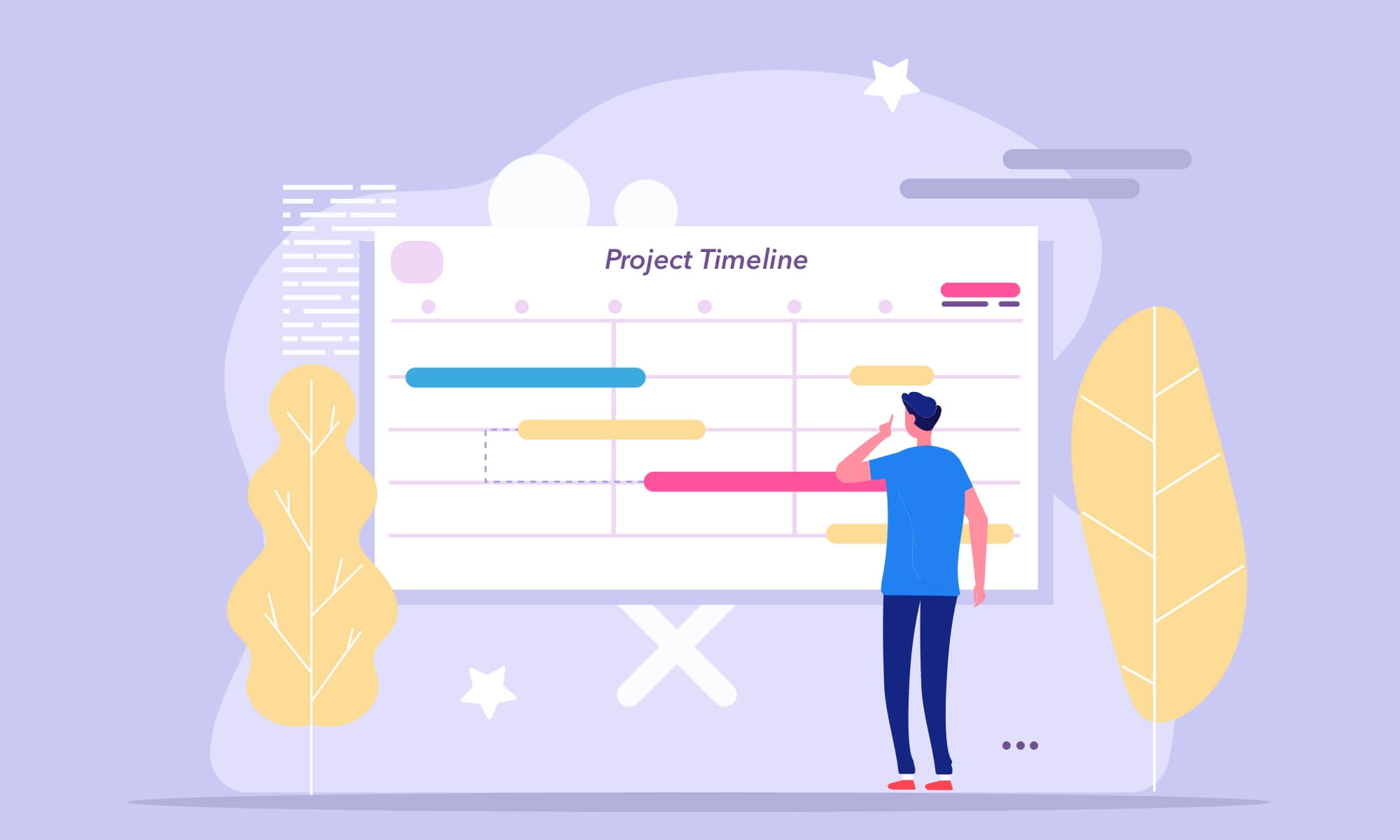Lean Planning Tools

Each software development methodology has a certain amount of tools to manage its projects. Their functionality and interface are different, but their goal is always the same – to make the process of project management simpler. In this article we will tell you about Lean project planning tools, but before doing that, it is necessary to find the proper definition for project planning.
Actually, project planning is the first stage of the project management process. Other two stages are called project monitoring and project control. The process of project management is aimed at creating high quality software and delivering it in time. Project planning usually takes place at the initial stages of every software development project. Its main goal is to create a good plan that defines all activities of the team for the period of project realization and forecasts the terms of product delivery. A project plan must be realistic. If the project has no plan, it turns into chaos and fails. After the plan is formulated the next stage of the project management process begins. It is called project monitoring or project tracking.
This process is aimed at detecting all problems with plan implementation. When they are detected, they should be eliminated at the project control stage. After that the final or intermediate product is tested to make sure that the above mentioned problems did not impact it.
As you can see, project planning is only a part of the project management process. It means that Lean teams have no special tools for it. However, Lean project management tools are capable of performing all tasks related to project planning. Their main functional feature is the ability to visualize the workflow of any software development team. At the stage of project planning it helps Lean developers significantly, because this function allows them to forecast the terms of product delivery and the conditions of its development.
There are several popular Lean project management tools classifications, but the most famous of them subdivides these tools only in two categories: commercial and free tools.
Paid Lean project management applications are usually stationary. That makes them inconvenient for many developers. However, their functionality is often wider than the functionality of free applications. That is why many programmers still use them.
The largest advantage of free Lean tools is their extremely simple interface. Additionally, most of them are web-based.



